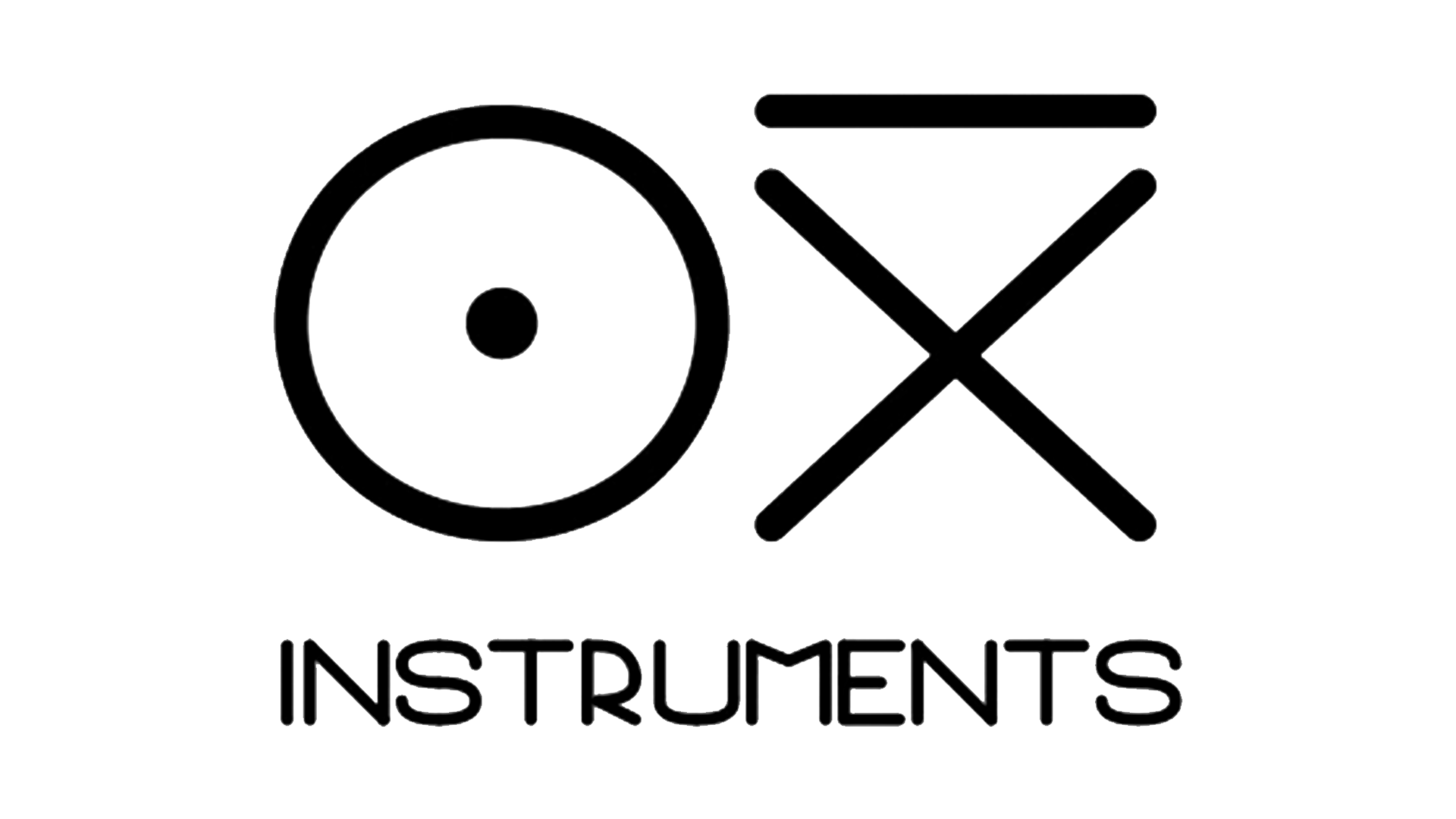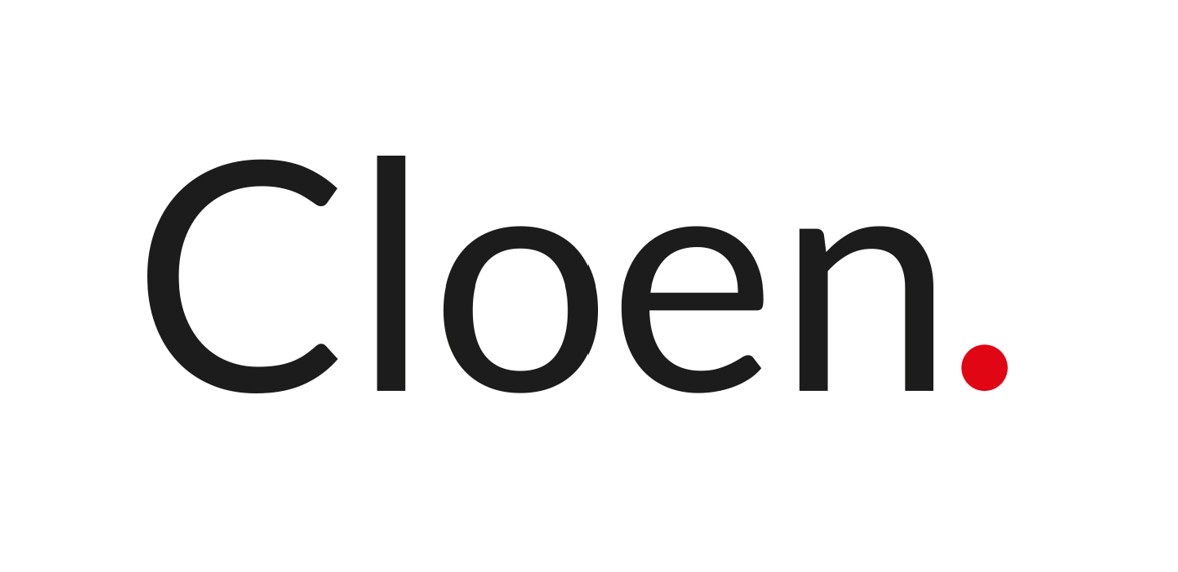ISED Certification
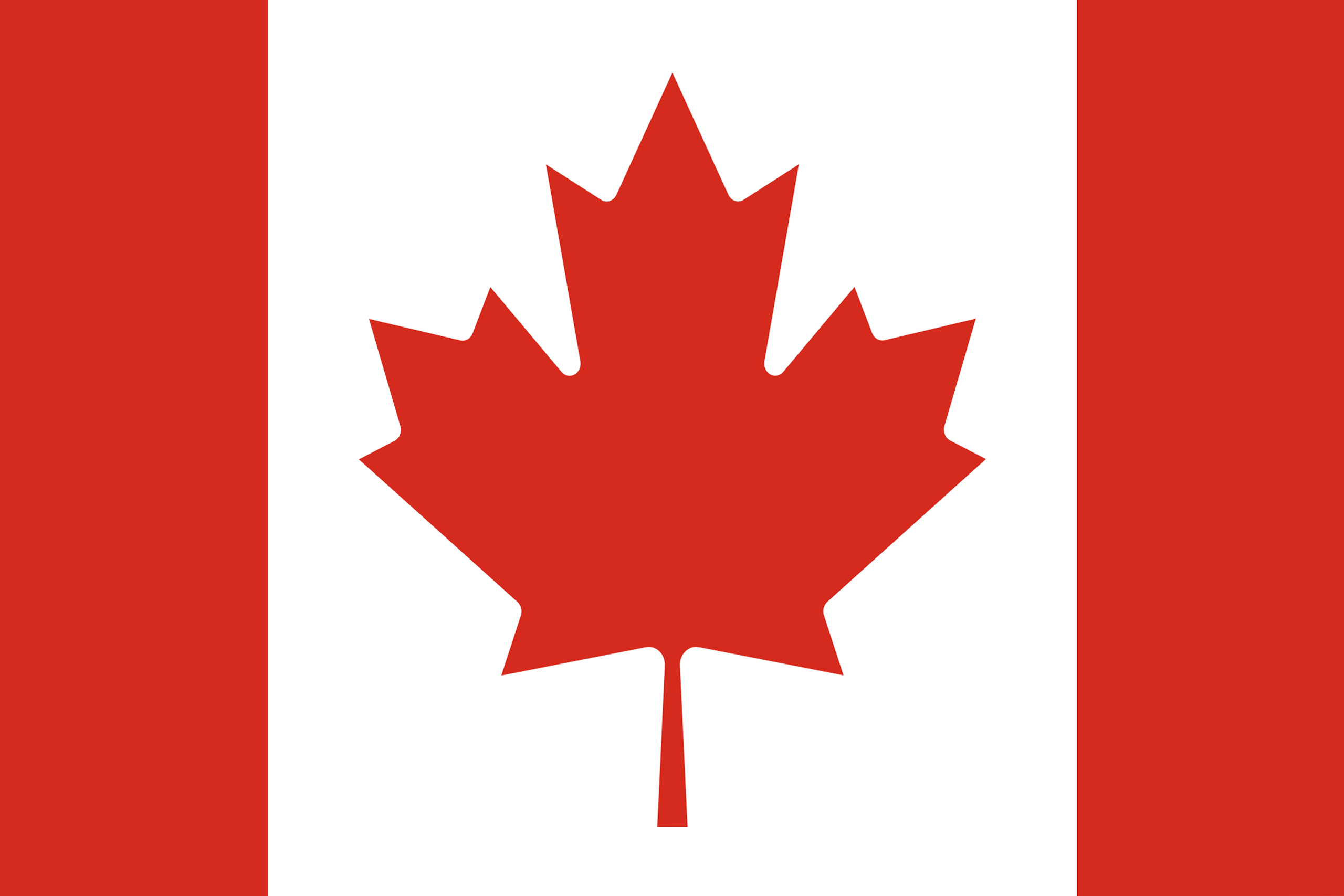
Innovation, Science and Economic Development Canada (ISED)
Obtain ISED certification for the Canadian market for your electronic products reliably and securely.
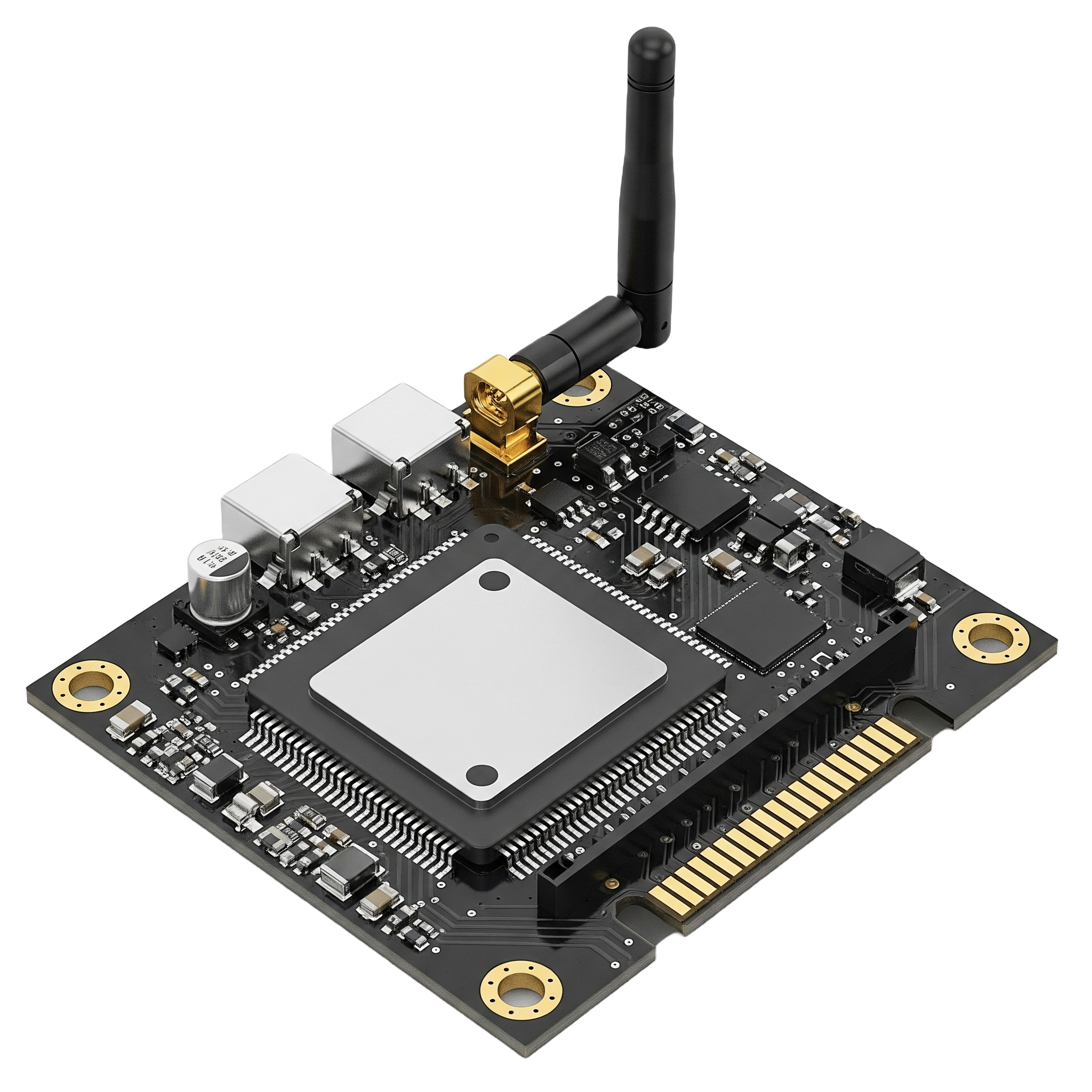
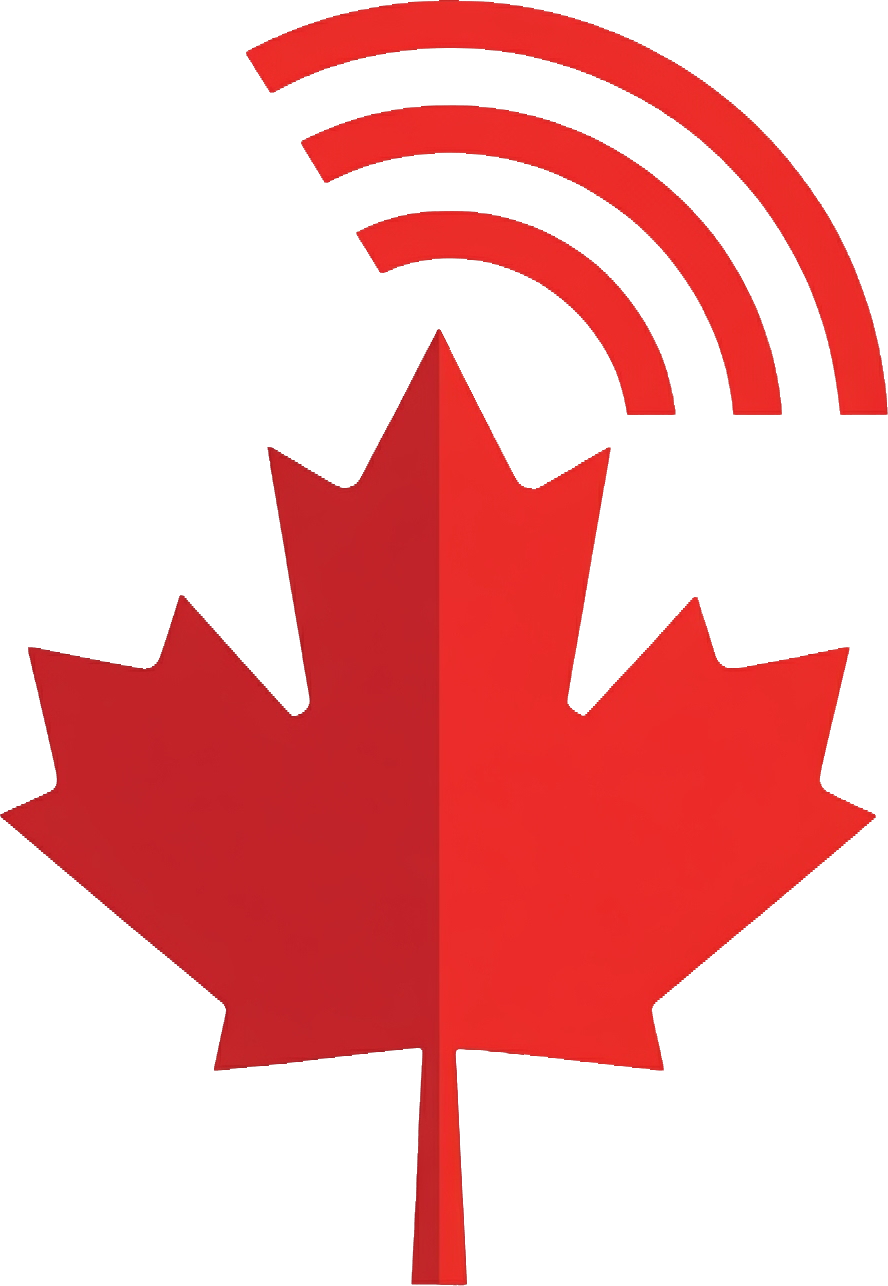
What is it about?
ISED (Innovation, Science and Economic Development Canada) certification or compliance is mandatory for products that emit radiation, either intentionally or unintentionally. The process verifies that the equipment does not cause interference with other devices and operates within the specific frequency, power, and safety limits established to protect public health and maintain the integrity of communications in Canada.
Canada's ISED certification applies to all devices that emit radiofrequency (Radiation Emitting Device), including telecommunications equipment, wireless devices (such as Bluetooth and Wi-Fi) as well as electronic equipment that can cause electromagnetic interference, such as computers and televisions. This certification ensures that products comply with the radiofrequency emission standards set by Innovation, Science and Economic Development Canada (ISED).
Radiation-emitting devices under ISED (Innovation, Science and Economic Development Canada) regulations are classified into two categories (I and II) based on whether their characteristics require a licence for use. Depending on their design and how they emit electromagnetic radiation, they are classified into two subcategories:
1) Radio apparatus (emits and receives waves intentionally for a specific use) and,
2) Interference-causing equipment during its operation (equipment that, although not designed to emit radiofrequency signals, can potentially cause interference with other communication or electronic equipment).
The procedures for obtaining ISED certification are intrinsically dependent on the product's properties and features. Depending on these, the manufacturer may be required to request the mandatory intervention of an ISED certification body (radio apparatus). In some cases, the manufacturer can perform the verification tasks and market the product without the intervention of a certification body (interference-causing equipment). In both cases, tasks usually include laboratory testing, a review of technical documentation, and, in some cases, production site inspections. Once a product has been certified, it can be marketed in Canada.
Requirements to consider for obtaining ISED certification
To obtain ISED certification, compliance with the requirements established by Innovation, Science and Economic Development Canada must be guaranteed.
There are two certification paths: the Supplier's Declaration of Conformity (SDoC), or self-certification. In this first path, the manufacturer performs the necessary verifications without the intervention of a certification body, including laboratory tests and ensuring the equipment is accompanied by the mandatory regulatory documentation (marking, labelling, and user manual). The second option involves using a certification body recognised by ISED, which will carry out the necessary documentary and technical verifications and issue a certificate of conformity and an IC ID. The choice of one path or the other will depend on the features and properties of each product.
Please note that...
Equipment that intentionally emits electromagnetic radiation (e.g., Bluetooth, Wi-Fi) will be subject to certification by an ISED certification body and will receive an IC ID. A product that emits radiation unintentionally or incidentally may not require the intervention of a certification body, and the manufacturer can use the Declaration of Conformity.
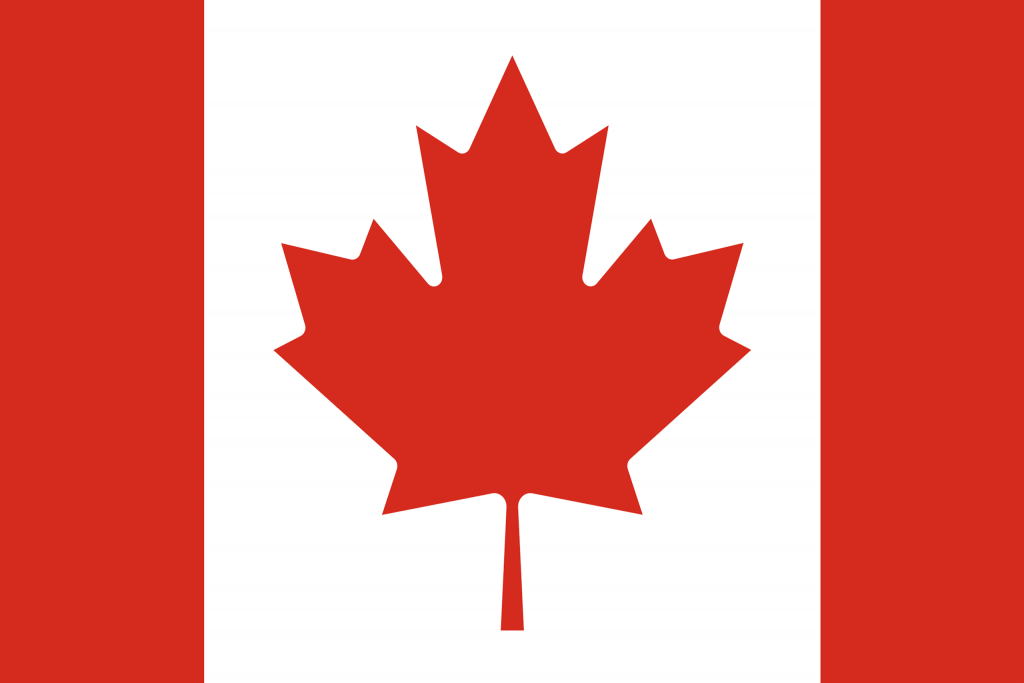

How can we help you with ISED Certification?
We are a company specialised in conformity with extensive experience in the international product certification sector. Whether you can opt for self-certification or require third-party certification, we dedicate all our resources to ensure that you certify your products in an agile, effective, and guaranteed way.
Our services
Product Certification
Accredited Laboratory Testing
Technical Documentation
Advice and Consultancy
Avoid headaches
Let us help you and focus your energy on your business
“We can only say that they are a great team of professionals. Thanks to their rigorous work and professionalism, we were able to successfully certify the CE and FCC marking of the first version of our product, Travel Sax.”
Ramón Mañas
Odiseimusic (CEO)
“They have made possible what would have been impossible on our own, or much more costly in terms of time and money, allowing us to enter the market with all our responsibilities covered.”
Manuel Vázquez
Oxi Instruments (CEO)
“The quality of their work is excellent; they have shown a level of professionalism and dedication that exceeds our expectations. Their commitment to excellence and their client-oriented approach make them an ideal choice.”
Marcos Bruñuel
Bitbrain (QA/RA Manager)
Learn more about ISED
If you are a manufacturer or an importer intending to introduce an electrical/electronic product into the Canadian market, you need to know and understand a series of essential concepts.
Did you know...
Category I Equipment
Category I equipment refers to devices that do not require a licence to operate but must meet certain technical standards and be certified before being sold or used in Canada. This category generally includes radio equipment designed to operate in licence-exempt frequency bands, such as Wi-Fi devices, Bluetooth, and other personal and commercial communication devices.
The certification process for Category I equipment ensures that these devices comply with established standards to prevent harmful interference and operate efficiently within the allocated radio spectrum. This includes verifying characteristics such as transmission power, spectrum usage efficiency, and compliance with radiation exposure limits, among other technical criteria.
Category I equipment is classified into several subcategories based on how and for what purpose they are used. These categories help regulate devices according to their specific emission and usage characteristics. Here are some of the most common classes of radiation-emitting devices:
Mobile communication devices: Includes mobile phones, tablets with network capabilities, and other portable devices that connect to cellular networks.
Wi-Fi and broadband devices: Such as routers, access points, and modems that use ISM frequencies to provide wireless internet connection within a certain range.
Broadcasting equipment: These are the transmitters used for radio and television broadcasting.
Radar equipment: Used in both civilian (such as air and maritime traffic control) and military applications.
Wireless medical devices: Equipment such as pacemakers, remote monitoring devices, and other medical apparatus that use radiation to function or communicate.
Amateur radio devices: Equipment used by amateur radio operators for hobby communication, service, and experimentation in various frequency bands.
Satellite devices: Includes transmitters and receivers used for satellite communications and data.
Radio control devices: Used for the remote control of vehicles, drones, and other scale models.
Each of these devices must comply with detailed technical specifications that limit their output power, operating frequencies, and other parameters to prevent interference and ensure the safe and effective use of the radio spectrum.
Radio Apparatus/Equipment refers to any device or equipment capable of emitting and/or receiving radiofrequency signals. This includes a wide range of equipment used for wireless communication, such as transmitters, receivers, or a combination of both.
Radio apparatus is fundamental to various technologies and services, including, but not limited to:
- Telecommunications: Devices such as mobile phones, walkie-talkies, and other personal communication equipment.
- Broadcasting: Equipment used to transmit audio and video at radio and television stations.
- Navigation and safety services: Includes radar systems and satellite navigation devices like GPS.
- Data networks: Equipment that provides wireless connections for data transmission, such as Wi-Fi routers and access points.
To operate legally in Canada, these apparatus must comply with the specific regulations established by ISED, which may include the need to obtain a licence depending on the type of apparatus and the frequency band it uses. Additionally, they must be certified to ensure they meet technical standards for safety and spectrum efficiency, thereby minimising interference with other devices and services.
"Interference-Causing Equipment" refers to any apparatus, device, or assembly that may cause interference to radiocommunications. This includes equipment that, although not primarily designed to emit radiofrequency signals, may generate, use, or radiate radiofrequency energy incidentally or unintentionally.
The term "Interference-Causing Equipment" covers a wide range of electronic and electrical devices that, due to their design or operational nature, have the potential to interfere with radio signals. Typical examples include:
- Industrial, scientific, and medical (ISM) electrical equipment: Such as welding machines, MRI equipment, and other large devices that use or emit high powers of electrical or electromagnetic energy.
- Domestic and office devices: Such as microwave ovens, lighting systems, and computers, which can generate electromagnetic emissions during normal operation.
- Power supplies and converters: Inverters, rectifiers, and other devices that alter the characteristics of electrical current and can emit electromagnetic interference.
To control and limit interference from this equipment, ISED establishes specific standards and regulations that determine the maximum permitted levels of radiofrequency emissions and the test methods for evaluating emissions. Manufacturers and distributors must ensure that their products comply with these standards before marketing them in Canada to guarantee that they do not adversely affect the operation of radiocommunications and other devices sensitive to interference.
The procedure for the certification of Radio Apparatus requires obtaining a certification issued by an ISED certification body. The objective is to ensure that the devices comply with the necessary technical standards for their operation in Canada.
The process is based on:
- Compliance with Technical Standards: The manufacturer or importer must ensure that the device complies with the specific technical standards established by ISED. These standards cover aspects such as maximum output power, frequency ranges, and non-essential emission levels to minimise interference with other devices.
- Laboratory Testing: The equipment must be tested in an ISED-recognised laboratory to verify its compliance with the technical specifications. This includes tests for radiofrequency emissions, electromagnetic compatibility, and other relevant tests depending on the type of device.
- Technical Documentation: The manufacturer must prepare and compile all necessary documentation, including test results, technical descriptions of the device, user manuals, and other documents demonstrating compliance with the standards.
- Product Marking/Labelling: The certified device must bear a label that includes the ISED certification number and, depending on the type of equipment, may also require additional information such as the model identification and manufacturer details.
- Certification Application: Once the device has passed all necessary tests and the required documentation has been gathered, a certification application must be submitted to ISED. This application includes all technical data, test results, and supporting documentation.
- ISED Evaluation and Approval: ISED evaluates all the submitted documentation and test results. If the device meets all requirements, ISED will issue a certificate of conformity, allowing the manufacturer to mark the device with the certification number and market it in Canada. The product will be listed in Canada's official database for Radio Equipment (REL: Radio Equipment List).
- Authorised Representative: To initiate a certification application with ISED, it must be submitted by a company located in Canada. If the equipment manufacturer is located outside of Canada, they must request representation from a company located in Canada.
This certification process ensures that Category I devices operate effectively and safely within the Canadian regulatory framework, minimising the risk of interference and complying with established safety standards.
The procedure for the certification of an Interference-Causing Equipment does not normally require certification issued by an ISED Certification Body. The assessment of the essential requirements imposed by ISED standards is usually carried out by the manufacturer or importer who markets the product, once they have ensured compliance. Despite not requiring certification by a certification body, it must be noted that the technical requirements must be verified by an ISED-recognised laboratory in the format and content required by ISED.
Compliance with the requirements is crucial to ensure that these devices meet the established radiofrequency emission standards and do not cause harmful interference to radio communications.
- Identification of Applicable Standards: The first step is to determine the specific technical standards applicable to the type of equipment being evaluated. These standards define the limits for radiofrequency emissions and other technical criteria that the equipment must meet to minimise the risk of interference.
- Laboratory Testing: The equipment must be tested in an ISED-recognised laboratory to assess its radiofrequency emissions and verify its compliance with the corresponding standards. These tests evaluate the intensity of radiated and conducted emissions, as well as the effectiveness of any mitigation measures used (such as shielding or filters).
- Technical Documentation: The manufacturer must prepare comprehensive technical documentation that includes details of the equipment's design, technical specifications, laboratory test results, and any other relevant information demonstrating compliance with the standards.
- Equipment Marking/Labelling: Once certified, the equipment must bear a label indicating its conformity with ISED standards. This label generally includes a certification or registration number that can be used to verify the device's compliance.
This certification process is essential to ensure the compatibility of devices in environments where interference can be a problem, such as in metropolitan areas, hospitals, or airports, as well as to ensure the overall reliability of radio communications in Canada.
The IC ID is a unique identifier assigned to products that comply with the regulations of Innovation, Science and Economic Development Canada (ISED). This identification confirms that the device has been evaluated and meets Canadian standards for radiofrequency emission and electromagnetic interference. Composed of a manufacturer code and a product code, the IC ID allows the device's compliance to be tracked in ISED's public database, ensuring its suitability for the Canadian market. This identification is assigned by accredited ICES certification bodies and is only obtained in cases where the product is subject to certification by such bodies.
- RSS -Gen — General Requirements for Compliance of Radio Apparatus
- RSS-HAC — Hearing Aid Compatibility and Volume Control
- RSS-102 — Radio Frequency (RF) Exposure Compliance of Radiocommunication Apparatus (All Frequency Bands)
- RSS-111 — Broadband Public Safety Equipment Operating in the Band 4940-4990 MHz
- RSS-112 — Land Mobile and Fixed Equipment Operating in the Band 1670-1675 MHz
- RSS-117 — Land and Coast Station Transmitters Using A1, A2, A3, A2H, or A3H Emissions Operating in the 200 - 535 kHz Band
- RSS-119 — Land Mobile and Fixed Equipment Operating in the Frequency Range 27.41-960 MHz
- RSS-123 — Licensed Low-Power Radio Apparatus
- RSS-125 — Land Mobile and Fixed Radio Transmitters and Receivers, 1.705 to 50.0 MHz, Primarily Amplitude Modulated
- RSS-127 — Air-Ground Equipment Operating in the Bands 849-851 MHz and 894-896 MHz
- RSS-129 - 800 MHz Dual-Mode CDMA Cellular Telephones
- Withdrawn January 2013
- RSS-130 — Mobile Broadband Services (MBS) Equipment Operating in the Frequency Bands 698-756 MHz and 777-787 MHz
- RSS-131 — Zone Enhancers
- RSS-132 — 800 MHz Cellular Telephones Employing New Technologies
- RSS-133 - 2 GHz Personal Communication Services
- RSS-134 — 900 MHz Narrowband Personal Communications Services
- RSS-135 — Digital Scanner Receivers
- RSS-136 — Land and Mobile Station Radiotelephone Transmitters and Receivers Operating in the 26.960 - 27.410 MHz General Radio Service Band
- Updated and renumbered to RSS-236 in November 2012
- RSS-137 — Location and Monitoring Service (902-928 MHz)
- RSS-138 — Commercial Shipborne Radar in the 2900-3100 MHz, 5470-5650 MHz and 9225-9500 MHz Bands
- Replaced in July 2013 by RSS-238
- RSS-139 — Advanced Wireless Services (AWS) Equipment Operating in the Bands 1710-1780 MHz and 2110-2180 MHz
- RSS-140 — Equipment Operating in the Public Safety Broadband Frequency Bands 758-768 MHz and 788-798 MHz
- RSS-141 — Aeronautical Radiocommunication Equipment in the Frequency Band 117.975-137 MHz
- RSS-142 — Narrowband Multipoint Communication Systems in the Bands 1429.5-1432 MHz
- RSS-170 — Mobile Earth Stations (MESs) and Ancillary Terrestrial Component (ATC) Equipment Operating in the Mobile-Satellite Service (MSS) Bands
- RSS-181 — Coast and Ship Station Equipment Operating in the Maritime Service in the Frequency Range 1605-28000 kHz
- RSS-182 — Maritime Radio Transmitters and Receivers in the Band 156-162.5 MHz
- RSS-187 — Emergency Position Indicating Radio Beacons, Emergency Locator Transmitters and Personal Locato Beaconsr
- Replaced by RSS-287
- RSS-188 — Global Maritime Distress and Safety System ( GMDSS )
- Updated and renumbered to RSS-288 in January 2012
- RSS-191 — Local Multipoint Communication Systems in the Band 25.35-28.35 GHz; Point-to-Point and Point-to-Multipoint Broadband Communication Systems in the Bands 24.25-24.45 GHz and 25.05-25.25 GHz; and Point-to-Multipoint Broadband Communications in the Band 38.6-40.0 GHz
- RSS-192 — Fixed Wireless Access Equipment Operating in the Band 3450 - 3650 MHz
- RSS-193 — Multipoint and Point-to-Point Communication Systems ( MCS ) in the Fixed Service Operating in the 2150-2160 MHz, 2500-2596 MHz and 2686-2690 MHz Bands
- Rescinded in January 2012
- RSS-194 — Fixed Wireless Access Equipment Operating in the Band 953-960 MHz
- RSS-195 — Wireless Communications Service Equipment Operating in the Bands 2305-2320 MHz and 2345-2360 MHz
- RSS-196 — Point-to-Multipoint Broadband Equipment Operating in the Bands 512-608 MHz and 614-698 MHz for Rural Remote Broadband Systems ( RRBS ) (TV Channels 21 to 51)
- RSS-197 — Wireless Broadband Access Equipment Operating in the Band 3650-3700 MHz
- RSS-199 — Broadband Radio Service (BRS) Equipment Operating in the Band 2500-2690 MHz
- RSS-210 — Licence-Exempt Radio Apparatus
- RSS-211 — Level Probing Radar Equipment
- RSS-213 — 2 GHz Licence-exempt Personal Communications Service Devices (LE- PCS )
- RSS-215 — Analogue Scanner Receivers
- RSS-216 — Wireless Power Transfer Devices (Wireless Chargers)
- RSS-220 — Devices Using Ultra-Wideband ( UWB ) Technology
- RSS-222 — White Space Devices (WSDs)
- RSS-236 — General Radio Service Equipment Operating in the Band 26.960 to 27.410 MHz (Citizens Band)
- RSS-238 — Shipborne Radar in the 2900-3100 MHz and 9225-9500 MHz Bands
- RSS-243 — Active Medical Implants Operating in the 401-406 MHz Band
- RSS-244 — Medical Devices Operating in the Band 413-457 MHz
- RSS-246 — Ultra-Low Power (ULP) Wireless Medical Capsule Endoscopy Devices Operating in the 430-440 MHz Band
- RSS-247 — Digital Transmission Systems (DTSs), Frequency Hopping Systems (FHSs) and Licence-Exempt Local Area Network (LE-LAN) Devices
- RSS-251 — Vehicular Radar and Airport Fixed or Mobile Radar in the 76-81 GHz Frequency Band
- RSS-252 — Intelligent Transportation Systems — Dedicated Short Range Communications (DSRC) — On-Board Unit (OBU)
- RSS-287 - Emergency Position Indicating Radio Beacons ( EPIRB ), Emergency Locator Transmitters ( ELT ), Personal Locator Beacons ( PLB ), and Maritime Survivor Locator Devices ( MSLD )
- RSS-288 — Global Maritime Distress and Safety System (GMDSS)
- BETS -1 — Technical Standards and Requirements for Low Power Announce Transmitters in the Frequency Bands 525-1,705 kHz and 88-107.5 MHz
- BETS-4 — Technical Standards and Requirements for Television Broadcasting Transmitters
- BETS-5 — Technical Standards and Requirements for AM Broadcasting Transmitters
- BETS-6 — Technical Standards and Requirements for FM Broadcasting Transmitters
- BETS-8 — Technical Standards and Requirements for FM Transmitters Operating in Small Remote Communities
- BETS-9 — Technical Standards and Requirements for Television Transmitters Operating in Small Remote Communities
- ICES-GEN Applicable to all ICES Standards
- ICES-001 - Industrial, Scientific and Medical (ISM) Equipment
- ICES-002 - Vehicles, Boats and Other Devices Equipped with Internal Combustion Engines, Traction Batteries or Both
- ICES-003 - Information Technology Equipment (includes Digital Apparatus)
- ICES-004 - Alternating Current High Voltage Power Systems
- ICES-005 - Lighting Equipment
- ICES-006 - AC Wire Carrier Current Devices (Unintentional Radiators)
- ICES-008 - Cable Distribution Networks
The “Module Radio Approval” in the context of ISED certification is a certification process for radiofrequency (RF) modules that allows their use in various host products without the need for individual recertification for each device they are implemented in. An approved module receives a specific IC ID, indicating that it has met ISED standards for RF emissions and safety. To obtain this certification, the module must undergo rigorous testing in an accredited laboratory and comply with all relevant ISED regulations, submitting to certification by an ISED-authorised certification body. Once approved, manufacturers who integrate these modules into their products can use the module's IC ID, provided it is installed according to the module manufacturer's specifications. This simplifies the certification process for host devices that include ISED-approved radio modules.
According to ISED, a "host product" is a main device that contains one or more integrated radiofrequency (RF) modules. These modules can include components such as Wi-Fi cards, Bluetooth, or other RF transmitters. The host product must comply with ISED regulations not only for its own operation but also for the integration of the RF modules. This includes ensuring that the RF modules are correctly installed and operate within the emission and human exposure limits set by ISED. Additionally, the host product must be labelled according to ISED requirements, indicating the compliance of all integrated components.
A manufacturer incorporating a Radio module into its product can opt for a module already certified by ISED (which has an IC ID). In general terms, as long as the module has been installed according to the specifications and limitations of its respective manufacturer, it will not need to meet the requirements for the radio module again. However, the product containing said radio module (host product) must comply with its own particular requirements (excluding those of the module).
Laboratory tests are based on rigorous testing to ensure that electronic devices comply with Canadian standards for radiofrequency emission and electromagnetic interference. These tests include the measurement of radiated and conducted emissions, as well as the verification of electromagnetic compatibility (EMC). ISED normally requires these tests to be performed in accredited laboratories and to contain certain information in a specific format. These tests ensure that products do not cause harmful interference, make good use of the electromagnetic spectrum, and operate safely within the limits established by ISED and its standards. The results of these tests are fundamental for the certification process or for the Supplier's Declaration of Conformity (SDoC).
In some cases, depending on the type of product, ISED allows tests to be carried out in non-accredited entities.
The requirements for human exposure to electromagnetic radiation are designed to protect users from the potentially harmful effects of radiofrequency radiation emitted by devices. These requirements include:
- Specific Absorption Rate (SAR) Limits: Devices must comply with specific SAR limits (a measure of the rate of specific absorption of radiofrequency by the human body), which measure the amount of radiofrequency energy absorbed by the human body, ensuring they do not exceed the safe levels established by ISED.
- Exposure Assessment: Manufacturers must conduct SAR tests in accredited laboratories to assess human exposure and ensure their devices comply with the permitted limits.
- Documentation and Reports: The results of SAR tests must be documented and submitted as part of the device's certification process.
- Instructions and Warnings: User manuals must include information and warnings about radiofrequency exposure, as well as recommendations for the safe use of the device.
These limits are designed to protect the health of users and minimise any risk associated with prolonged exposure to radiofrequency radiation from radiofrequency emitting devices.
The technical documentation for ISED includes all documents that demonstrate a device's compliance with Canadian regulations. This covers laboratory test results, user manuals, product schematics, radiofrequency emission and electromagnetic compatibility (EMC) test reports, the manufacturer's declaration of conformity, and/or official certificates. This documentation is essential for certification and must be kept available for inspections or audits by ISED.
The user manual is a document that accompanies electronic devices and provides detailed instructions for their safe and correct use. It must include information on the device's operation, warnings about radiofrequency interference, and compliance with ISED regulations. Additionally, it must contain contact information for the manufacturer or responsible party, the authorised representative (if any), and any specific requirements according to ISED regulations.
Product marking is all the information provided on the product itself, in the form of a plate or label, to ensure compliance with Canadian regulations (warnings and equipment identification information). It must include the IC ID if it exists, technical specifications of the product, basic operating instructions, and any other specific information required by the ISED standards applicable to the product. Where applicable, it must also include a warning label that informs about possible radiofrequency interference and ensures user safety. The marking must be clearly visible on the product.
The "Responsible Party" in the context of ISED is the entity responsible for ensuring that a device complies with all applicable Canadian regulations and standards. This may be the manufacturer, importer, or distributor of the product. The "Responsible Party" must carry out the necessary tests, maintain the technical documentation, and ensure that the product is correctly labelled with the IC ID if required. Additionally, it is responsible for responding to any inquiries or audits from ISED and managing any non-compliance that may arise. In summary, this entity ensures that the product complies with ISED standards before its commercialisation in the Canadian market.
The "Authorised Representative" in the context of ISED is an entity or person designated by the manufacturer outside of Canada to represent their interests and ensure compliance with Canadian radiocommunication and telecommunications regulations. This authorised representative acts as a point of contact with ISED, managing certification, maintaining the necessary technical documentation, and ensuring that the product complies with regulatory requirements. Additionally, they are responsible for responding to regulatory inquiries and coordinating audits or inspections. In short, the "Authorised Representative" enables manufacturers outside of Canada to carry out the ISED certification and compliance process, allowing the legal commercialisation of the product in Canada.
Do you have any questions?
We have compiled the most frequent ones from our clients
ISED (Innovation, Science and Economic Development Canada) is the Canadian government agency that regulates the radio spectrum and telecommunications apparatus. ISED certification is a legal requirement that ensures an electronic product does not cause harmful electromagnetic interference and complies with Canadian regulations. Without this authorisation, you cannot legally market your product in Canada.
Yes, they are different certifications. Although the technical requirements and testing procedures of ISED and the FCC are very similar, FCC certification is only valid for the United States and ISED certification is only for Canada. However, the same test reports can often be used to apply for both certifications, which simplifies and cheapens the process.
Yes, absolutely. The CE Marking is a requirement for the European market (EU) and demonstrates compliance with European directives. ISED certification is a requirement for the Canadian market. They are completely independent certifications with different regulations and testing procedures.
As with the FCC, almost any electronic device that generates radiofrequency waves, whether intentionally or unintentionally, needs ISED approval. This includes transmitters such as mobile phones, Wi-Fi and Bluetooth devices, as well as apparatus that can generate interference, such as power supplies, computers, or industrial equipment.
No, the process depends on the equipment's potential to cause interference. The two main categories are:
Supplier's Declaration of Conformity (SDoC): For Category II equipment, which has a lower risk of interference (e.g., computer equipment, TV receivers). It is a self-assessment process where the manufacturer or importer ensures conformity but does not need to submit a file to ISED.
Certification: This is the most rigorous process, mandatory for Category I equipment (intentional transmitters such as Wi-Fi, Bluetooth, etc.). It requires testing in an ISED-recognised laboratory and approval by a Foreign Certification Body (FCB) or directly by ISED.
The ISED Supplier's Declaration of Conformity (SDoC) is a self-declaration procedure for electronic products with a low potential for interference, referred to as Category II Equipment (for example, computer equipment or receivers).
The key points are:
Direct Responsibility: The manufacturer or importer declares that the product complies with Canadian regulations without needing to register it or receive prior approval from ISED.
Mandatory Testing: Tests must be carried out to ensure the equipment meets Canadian standards (such as ICES-003), and the company must keep the technical documentation.
Specific Labelling: It is mandatory for the product to bear a label with the declaration of compliance with Canadian regulations, for example: "CAN ICES-003(B)/NMB-003(B)".
The ISED Certification Number (or "IC Number") is the unique identifier assigned to a device that has passed the Certification procedure. The format is IC: XXXXXX-YYYYYYYYYYY. This number must be visible on a label on the product and allows anyone to look up the equipment's information in the official ISED database (the "Radio Equipment List").
Yes, labelling is mandatory.
For products under Certification, they must clearly display their ISED Certification Number and their Hardware Version Identification Number (HVIN).
For products under SDoC, they must bear a label indicating compliance with the applicable ICES standard (e.g., "CAN ICES-003(B)/NMB-003(B)").
The responsibility lies with the manufacturer of the product. However, if the company is not based in Canada, it must appoint a Local Representative in Canada who can respond to ISED's requests and ensure the equipment's conformity. The importer also shares the responsibility of verifying that the products comply with the regulations before selling them.
It is a testing laboratory that has been assessed and listed by ISED as technically competent to perform conformity tests according to Canadian regulations and standards (called "RSS" and "ICES"). For the Certification procedure (Category I), it is mandatory to use one of these laboratories.
Selling non-compliant equipment is illegal. ISED can impose severe penalties, including financial fines of thousands or even millions of dollars, the mandatory withdrawal of products from the market, a ban on future imports, and serious damage to the brand's reputation.
The certification of a product model does not expire. However, if you make modifications to the hardware or radiofrequency characteristics of the product, it must be re-evaluated. Depending on the nature of the change, you may need a new full certification or a simpler modification procedure.
